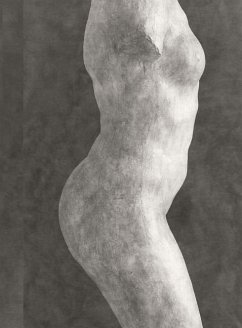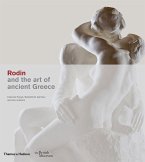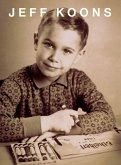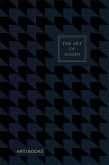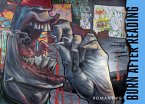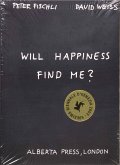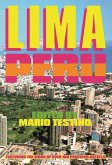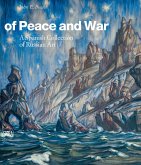Throughout his career, Rodin maintained a special relationship with the photographic medium. He was probably one of the first artists to understand the importance of photography in order to better promote his sculptures, thus leaving in his wake a vast array of documentary images and reproductions relating to his oeuvre. Writing to Edward Steichen about Steichen's famous images of his "Monument to Balzac," Rodin said, "You will make my Balzac understood by the world through these photographs." In this handsome slipcased volume, French photographer Emmanuel Berry interprets the expressive power of Rodin's artworks with his gorgeous black-and-white photographic studies, scrutinizing his techniques and redeploying photography as a "cutting" tool to reveal Rodin's work in a new light.
Bitte wählen Sie Ihr Anliegen aus.
Rechnungen
Retourenschein anfordern
Bestellstatus
Storno

